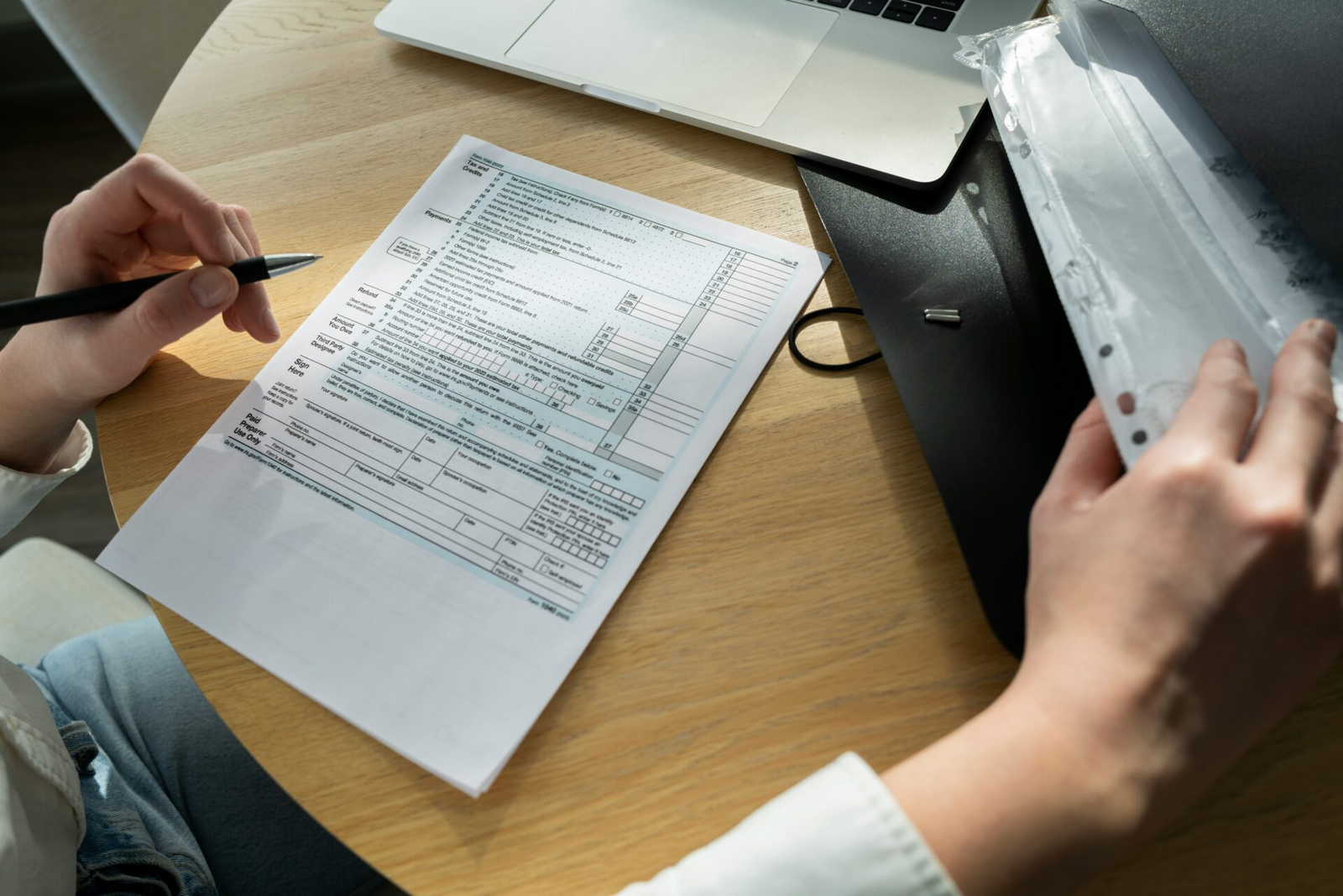The IRS standard deduction for singles is $13,850 for filers below 65 years of age, and $15,700
for filers above 65. This is the lowest amount of standard deduction by the Internal Revenue
Service (IRS).
Who is Eligible for Filing Singly?
- Unmarried persons: if you remained unmarried for the whole year until the last day of
your tax year, then you can be considered unmarried and allowed to file your tax returns
singly. - Divorced persons: if you are legally separated from your spouse under a divorce by the
last day of the year, you will be considered unmarried for the whole year. With this
status, you are qualified to file as a single. - Death of spouse: If your spouse died before January 1, 2023 and you didn’t remarry
before the end of the year, then you can file as a single. - If you are not qualified for another filing status under the marital status condition of the
IRS, then you are considered single and can file as such.
A single person can also be qualified to file as a head of household if theyhe meets certain
requirements. This can be more beneficial as the head of household has a 50% increase in
standard deduction than a single.
What is the IRS Standard Deduction for Singles in 2023?
The IRS standard deduction amount for single filers ranges from $13,850 to $15,700 depending
on your age as at the time the filing is done.
The Standard Deduction for Singles in 2023
| Age as of the end of the year | Your Standard Deduction |
| If you are below 65 at the end of 2023 | $13,850 |
| If you are above 65 at the end of 2023 | $15,700 |
How Much is My Standard Deduction
There is always a slight change in the amount for standard deduction due to inflation. The 2023
tax year is filed in the early months of 2024 and that is when the standard deduction can be
implemented.
For the 2023 tax year, the federal standard deduction for single filers is $13,850 and $15,700 if the filer is 65 years or older. Single or married filer filing separately, the standard deduction is $13,850 and $15,700 if the filer is 65 years or older.


